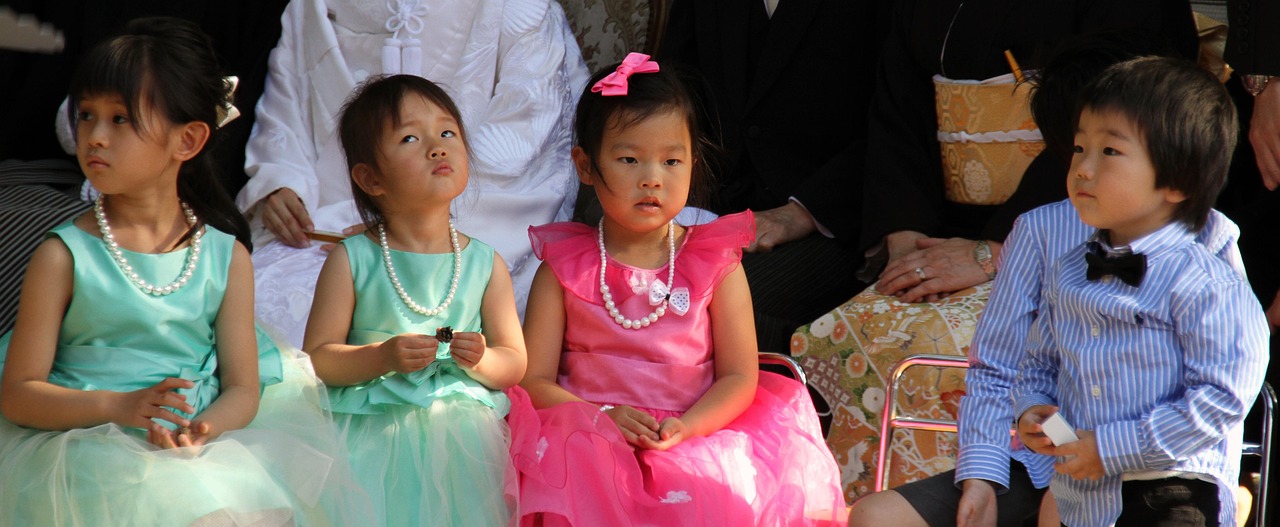Finding the top preschool near me means identifying a place where quality early education meets a safe and nurturing environment. Parents often look for programs that promote both social and cognitive development in young children. The best preschools balance experienced staff, a well-rounded curriculum, and a supportive atmosphere for each child’s growth.
Location is important, but it’s equally critical to consider the preschool’s teaching approach and facilities. Reviews and recommendations can help narrow options, but visiting schools provides the clearest picture of daily life and how children engage.
Choosing a preschool sets the foundation for a child’s educational journey. Understanding what makes a preschool top-rated helps families make informed decisions that align with their child’s needs and their own expectations.
Key Factors in Choosing the Top Preschool Near Me
Choosing the right preschool involves evaluating several specific aspects. These include how children learn, the quality and number of staff, safety policies, and the physical environment of the school.
Curriculum and Learning Approaches
The curriculum should emphasize foundational skills like language, math, and social development. Look for preschools that use evidence-based methods such as Montessori, Reggio Emilia, or play-based learning tailored to age groups.
A well-rounded approach includes activities that develop fine motor skills, creativity, and emotional intelligence. Consistent assessment and adjustment of learning plans help ensure individual progress.
Parents should check if the preschool encourages hands-on learning and how often children engage in group versus individual activities.
Teacher Qualifications and Staff Ratios
Qualified teachers with certifications in early childhood education are essential. Check for staff who have undergone background checks and have experience with the preschool age group.
Staff-to-child ratios should meet or exceed local regulations. A ratio of 1:8 or lower is preferable to ensure personalized attention and supervision.
Teacher continuity matters as stable staff helps build trusting relationships with children. Professional development opportunities for teachers indicate ongoing quality improvement.
Safety Standards and Security Measures
Preschools must comply with state and local safety regulations, including childproofing and emergency protocols. Secure entrances and controlled access limit unauthorized entry.
Daily health checks and sanitation practices reduce the risk of illness. Outdoor play areas should be fenced and inspected regularly for hazards.
Clear procedures for evacuation, first aid, and incident reporting reassure parents about their child’s safety.
Classroom Environment and Facilities
Classrooms should be bright, clean, and well-organized with age-appropriate furniture and learning materials. A stimulating setting encourages exploration and focused attention.
Facilities like restrooms, nap areas, and play spaces must be inviting and hygienic. Outdoor play areas should be safe and equipped for physical activity.
Accessibility features ensure all children can participate comfortably. Availability of resources such as libraries or technology can enhance learning opportunities.
How to Evaluate and Compare Local Preschools
Evaluating preschools requires looking closely at the environment, feedback from other parents, and practical factors like location. Each element provides insight into the school’s quality and suitability for a child’s needs.
Touring Preschool Campuses
Visiting campuses offers a direct look at facilities and daily routines. Observing cleanliness, classroom setup, and outdoor play areas can indicate how well the school prioritizes child safety and development.
Staff interaction with children is crucial to note. Teachers should be attentive, warm, and engage children in varied educational activities. It helps to check if the school follows a clear curriculum aligned with early childhood development standards.
Asking about staff qualifications and teacher-to-child ratios during the tour provides more information about the learning environment. A low ratio often means more individual attention for each child.
Parent Reviews and Testimonials
Parent feedback reveals practical experiences and satisfaction levels. Reviews on trusted websites or community forums provide insights into communication, responsiveness, and overall quality.
Look for patterns in the reviews, such as consistent compliments or repeated concerns. Honest testimonials often highlight specifics about teaching methods, safety, and how well conflicts or issues are handled.
It’s helpful if the school provides references or invites potential parents to talk with current families. This personal connection can confirm whether the preschool meets expectations beyond official promotions.
Location and Transportation Convenience
A preschool’s proximity to home or work affects daily routines. Short travel times reduce stress for both children and parents, making mornings smoother and pick-ups reliable.
Evaluate available transportation options. Some preschools offer bus services or coordinate carpools, which can be a significant convenience.
Consider the safety of the route, traffic conditions, and parking availability. Safe drop-off and pick-up zones are essential for child security and time efficiency.


Leave a Reply